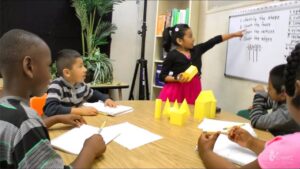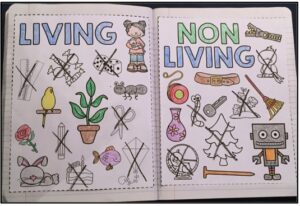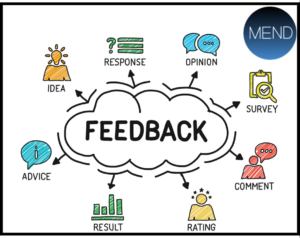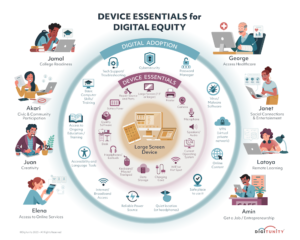ANALYSIS
Hello Everyone! Welcome to the exciting world of science in first grade! We desire to capture the interest of our young scholars and develop an everlasting enjoyment of learning as we explore the fascinating universe of living things. Understanding the needs and characteristics of living things serves as an essential component of our curriculum and provides a foundation for a more in-depth comprehension of the natural world. We ensure that each lesson stimulates curiosity and excitement by designing our approach with the five to eight-year-olds minds with full questioning. Our objective is to establish an exciting learning environment where students grow as an outcome of engaging discussions, interactive exercises, and practical learning opportunities. The main question arises: why this distinction is so important? Well, knowing what makes an organism a living thing helps us appreciate biological systems, ecosystems, and the complex equilibrium of life on Earth more comprehensively. It also improves our cognitive abilities.
Here, I added a YouTube animation video clip that helps the kids to understand the living and non-living things:
https://youtu.be/HGJVrZ2-DVo?si=wj9bPgLy6r0SJxiC
So, how can we accomplish this vision? Our curriculum is accessible and diverse, allowing for a wide range of learning preferences and methods. Numerous enriching learning activities such as arts and crafts, interactive technology, field trips and so many others make the teaching-learning process more productive.
DESIGN
Students have a greater understanding of the complexity and beauty of the natural world when they can distinguish between different living creatures and examine interconnections within ecological systems. The first and foremost thing is how to observe and differentiate the living and non-living creatures. However, knowledge about the broad range of life on Earth comes from observation. We can classify living organisms according to their appearance and behavior through the notice of certain characteristics. In contrast to plants, which show traits like growth, photosynthesis, and seed or germ reproduction, animals, for instance, show movement and behaviors like feeding, sleeping, and reproducing.
Analyzing Interactions:- An essential component of education is assessment, which helps students track their development and strengthen their comprehension. Formative assessments serve to reinforce concepts acquired in class by asking students to identify and categorize living and non-living objects based on their qualities. Moreover in summative assessment, students can demonstrate their grasp of the subject matter through such as making recollection books of living and non-living objects.
Educational Technologies:- To enhance learning outcomes and involve students in interactive learning experiences, the curriculum utilizes a variety of educational platforms and technologies, including Google Classroom, projectors, classroom discussions, and flashcards. Teachers may design dynamic and engaging learning experiences that promote collaboration and critical thinking, accommodate different learning styles, and ultimately increase student engagement and accomplishment through the integration of these educational platforms and technology into the curriculum.
To sum up, the objective of a first-grade scientific curriculum is to stimulate children’s interest, promote exploration, and provide a strong basis for their future investigations into the natural sciences. We aim to stimulate a future generation of knowledgeable who will greatly enhance their understanding of the world by fostering an enjoyment of science from the beginning.






